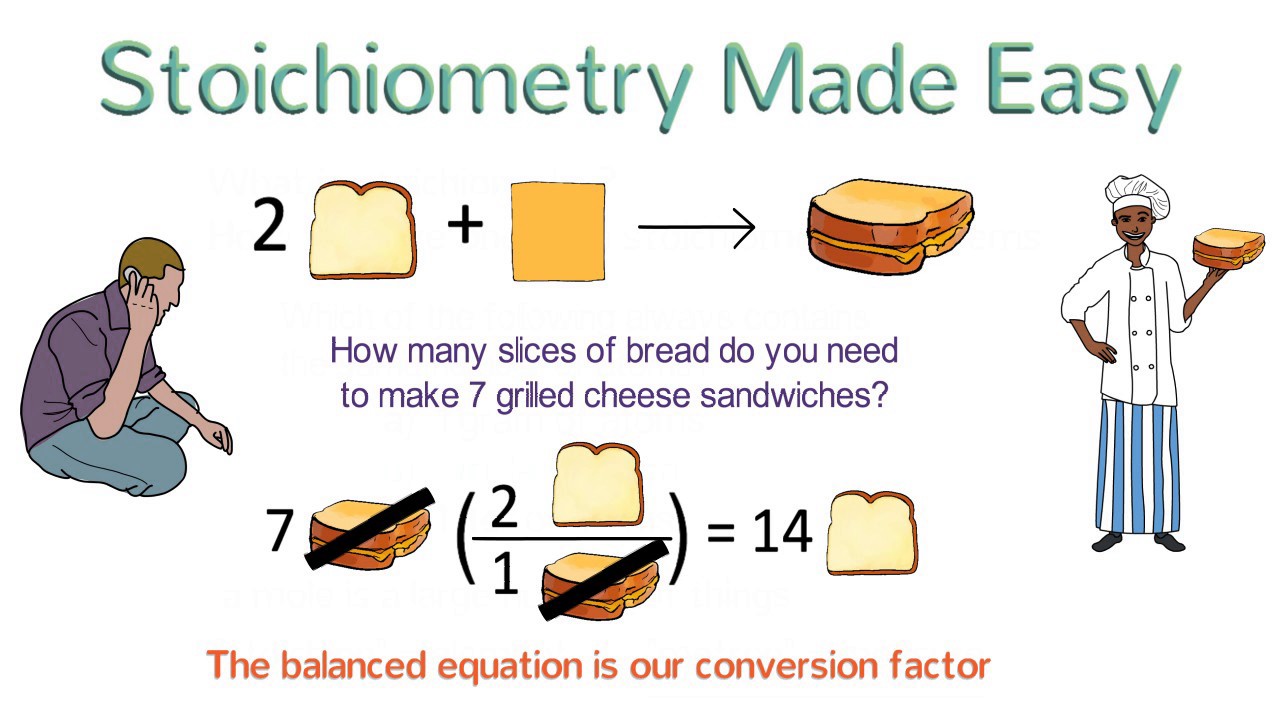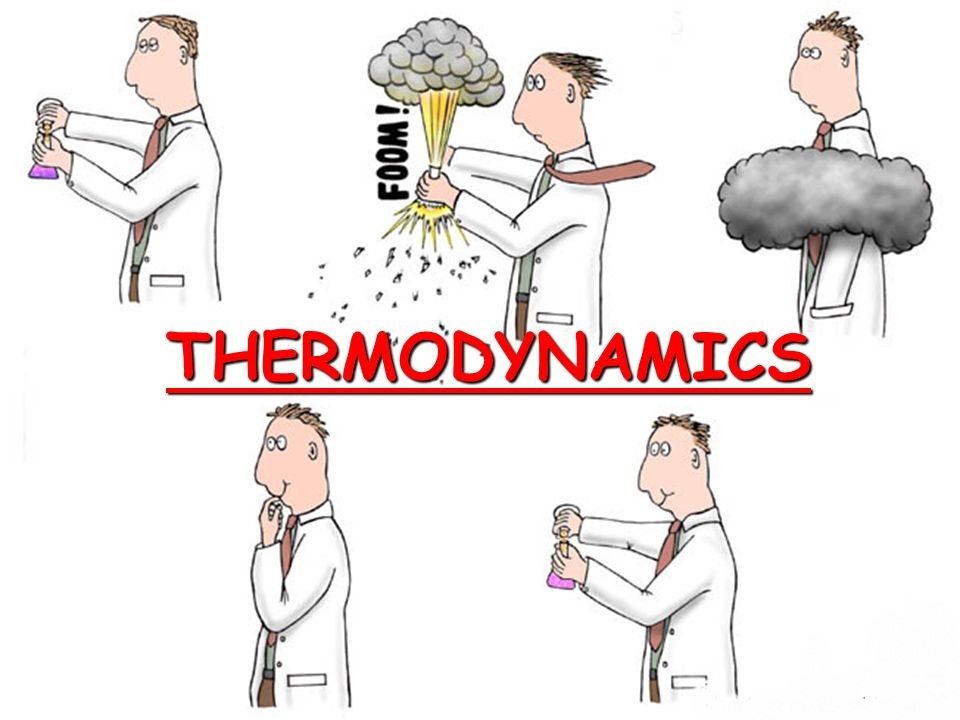interview questions

source : jobstreet
Question 1 .What do you mean by a mole ?
Ans. ‘A mole is defined as the number equal to the number of carbon atoms in exactly 12 grams of pure carbon-12″
No. of C-atoms in 12 grams of carbon-12=6.023×1023
Therefore
1 mole = 6.023×1023 i.e. Avogadro’s number.
Question 2.What is normality?
Ans. Number of gram equivalents present in one litre of solution, is called normality of solution.
Question3. What do you mean by ‘5N’ solution?
Ans. When 5gm. equivalents of solute are present in one litre of solution, then normality of soution is ‘5N’
Question4.What do you mean by N/10 or 1/10 N solution?
Ans When 1/10 gram equivalents of solute are present in one litre of solution, then normality of solution is 1/10.
Question5. What is molarity?
Ans. Number of moles of solute present in one litre of solution is called molarity of solution.
Question6.What do you mean by 10M solution?
Ans. When 10 moles of solute are dissolved in one litre of solution, then solution is 10M.
Question7. What do you mean by M/1000 solution?
Ans. When 1/1000 moles of solute are present in one litre of solution, then it is M/1000.
Question8. What is molality?
Ans. Number of moles of solutes present in 1 kg of solvent, is called Molality of solution.
Question9. What do you mean by one molal (1m) solution?
Ans. When one mole of solute is dissolved in 1kg of solvent, then solution is one molal.
Question10. What do you mean by m/100 solution?
Ans. 1/100 mole of solute is dissolved in one Kilogram of solvent, then solution is 1/100 m or m/100.
Question11. What is the unit of normality, molarity & Molality?
Ans. Unit of normality= gram equivalents/litre
Unit of Molarity = Moles/litre
Unit of Molarity = Moles/Kg
- Electronic Configuration of Cr, Cu, Pd, Ag, Au
Ans. 24Cr – 1s2,2s2,2p6,3s2,3p6,4s1,3d5
29Cu – 1s2,2s2,2p6,3s2,3p6,4s1,3d10
46Pd – 1s2,2s2,2p6,3s2,3p6,4s2,3d10,4p6,5s0,4d10
47Ag – 1s2,2s2,2p6,3s2,3p6,4s2,3d10,4p6,5s1,4d10
79Au – 1s2,2s2,2p6,3s2,3p6,4s2,3d10,4p6,5s2,4d10,5p6,6s1,4f14,5d10
- Electronic Configuration of Cu+,Cu++,Ag+,Na+,O– –
29Cu+ – 1s2,2s2,2p6,3s2,3p6,4s0,3d10
29Cu++ – 1s2,2s2,2p6,3s2,3p6,4s0,3d9
47Ag+ – 1s2,2s2,2p6,3s2,3p6,4s0,3d10,4p6,5s0,4d10
11Na+ – 1s2,2s2,2p6
8O– – – 1s2,2s2,2p6
Question12.Define Acid & base according to Arrhenius concept?
Ans. An acid is a substance which gives hydrogen ion (H+) is aqueous solution
Ex HCl –>H++Cl–
(aq.)
CH3COOH <—–> CH3COO–+H+
(aq.)
A base is a substance which gives hydroxide ion (OH–) in aqueous solution.
Ex. KOH (aq.) –> K++OH–
NaOH (aq.) –>Na+ +OH–
Question13. Define Acid & base according to Bronsted Lowry Concept?
Ans. An acid is a substance (molecule or cation or anion)
that gives proton i-e H+
HCl –> H++Cl–
A base is a substance (molecule or cation or anion) that accepts proton i-e H+
H+ +CN– –> HCN
Question14.Define Acid & base according to Lewis concept?
Ans. Lewis acid is lone pair acceptor Lewis base is lone pair donar.
[H3N: –> BF3]
Lone pair Lone pair
donar acceptor
(Lewis base) (Lewis Acid)
Question15.What is the equivalent weight of Anhy. oxalic acid & hydrated oxalic acid?
Ans. Anhy oxalic acid = H2C2O4 or
hydrated or Crystalline oxalic acid = H2C2O4.2H2O or 2H2O
Mol wt of H2C2O4 = 2×1+2×12+4×16=90
oxalic acid is dibasic acid
basicity of oxalic acid= 2
Eq. Wt. of H2C2O4= 90/2 = 45 Ans.
Mol. wt of H2C2O4.2H2O =2×1+2×12+4×16+2×18=126
Eq. Wt. of H2C2O4.2H2O = 126/2 = 63 Ans
Question16. What is the equivalent weight of K2Cr2O7 in Acidic medium? .
Ans.Molecular weight of K2Cr2O7 = 2×39+2×52+7×16
= 294
n= no. of atoms of that element whose oxidation no. is changing
n= 2
Eq. Wt. = Ans
Question17. What is Mohr salt. Calculate its equivalent weight?
Ans. Mohr salt is ferrous Ammonium sulphate Its formula is FeSO4(NH4)2SO4.6H2O.
(Ferrous sulphate of mohr salt)
Mol. Wt. of Mohr Salt = 56+32+16×4 +6×18
= 392
Question18. Calculate equivalent weight of potassium permanganate (KMnO4) in Acidic, Basic and neutral medium?
Ans. In Acidic Medium
Mol. Wt. of KMnO4 = 39+55+16×4 =158
Change in O No. of Mn = 5
n=1
In Neutral Medium-
In Basic Medium
Question19. What is green house effect and global warming?
Ans. Light from the sun travels through the atmosphere and is absorbed by the Earth. This light is converted to infrared radiation. Much of this infrared radiation is emitted back to the atmosphere. Certain gas molecules absorb part of the radiation, storing the heat energy in the atmosphere & thus warming the air. This process is called green house effect.
Carbon dioxide, methane, nitrous oxide, ozone, CFCs (Chlorofluoro carbons), water vapour and carbon tetrachloride are the principal green house gases.
The gradual increase in the overall temperature of earth is called global warming.
Question20. What is Acid Rain?
Ans. The normal rainwater has a pH of 5.6 This slightly acidic pH is due to formation of H+ ions formed by the action of CO2 (of air) with water
H2O(l) + CO2(g) –> 2H++CO3– –
when the pH of raindrop is below 5.6, it becomes acid rain. The acidity in rain is created by the presence of oxides of nitrogen & sulphur in the atmosphere. These oxides are produced by fossil fuel combustion, smelting, petroleum refining & sulphur based industries.
These oxides combine with water & produces HNO3, H2SO4 & HCl. These form acidic preparation, which is known as acid rain.
Acid rain causes extensive damage to building & sculptural materials of marble, limestone, slate, mortar etc.
Question21.What is green chemistry?
Ans. Green chemistry may be called chemistry involved in the design, development and implementation of chemical products and processes to reduce or eliminate the use and generation of substances hazardous to human health and the environment.
Question22. What is the effect of reforestation on water lable?
Ans. More trees by reforestation transpire more water vapour, thereby helping in causing more rain falls, which will ultimately raise the under ground water lable.
Question 23.What is aromaticity?
Ans. Aromaticity is defined as a property of sp2 hybridised planar rings in which the p-orbitals (one on each atom) allow cyclic delocalization of II-electrons. Criteria of aromaticity are
- The compound is cyclic and planar
- Each atom in the ring has a p-orbital that provides continuous overlap.
- The cyclic p-molecular orbitals formed by overlapping of p-orbitals must contain [4n+2] p Where n is an integer =0,1,2,3. This is called Huckel Rule
Ex.
| Benzene
n=1 4n+2=4×1+2 = 6 π electrons |
Naphthalene n=2 4n+2=4×2+2 = 10 π electrons |
Anthracene
n=3 4n+2=4×3+2 =14 π electrons |
Question24.What do you mean by polynuclear Aromatic Hydrocarbons?
Ans. Polynuclear hydrocarbons are those hydrocarbons which have two or more rings. These rings may be isolated or fused together
Diphenyl Diphenyl Methane

(isolated ring) (isolated ring)

Naphthalene Anthracene Phenanthrene
(fused ring) (fused ring) (Fused ring)







